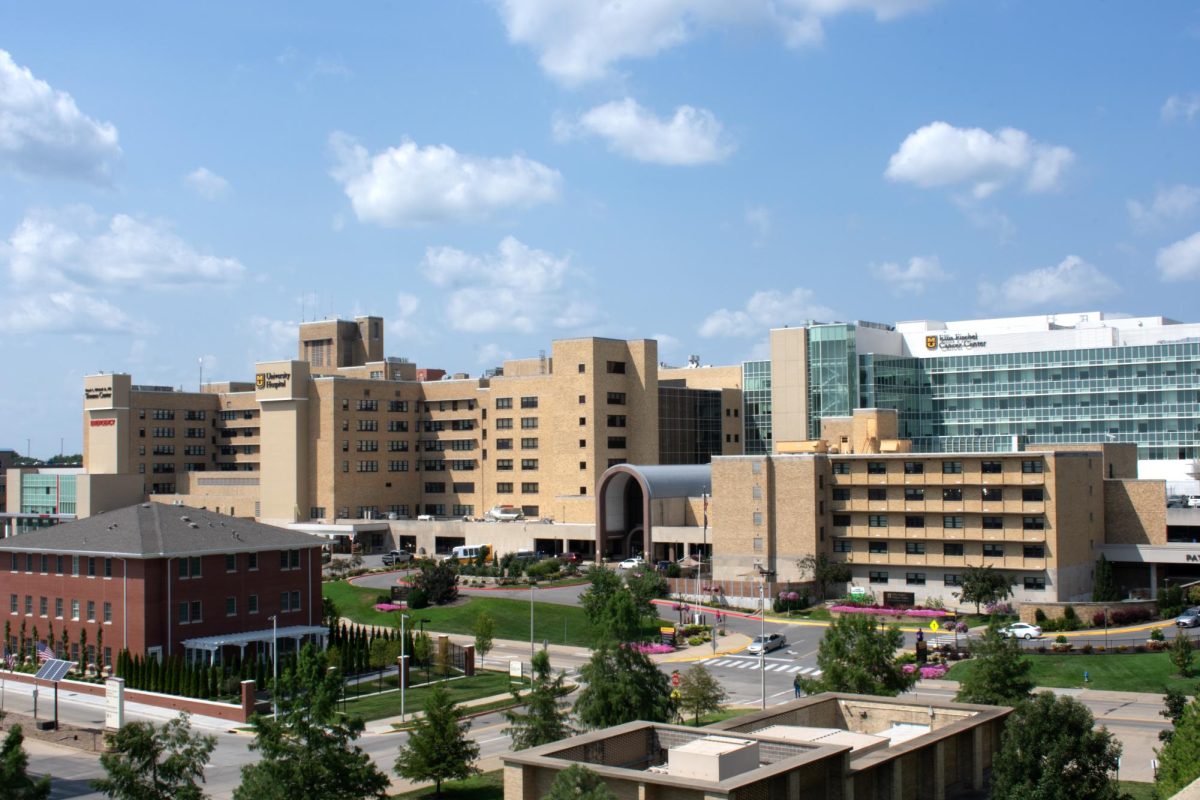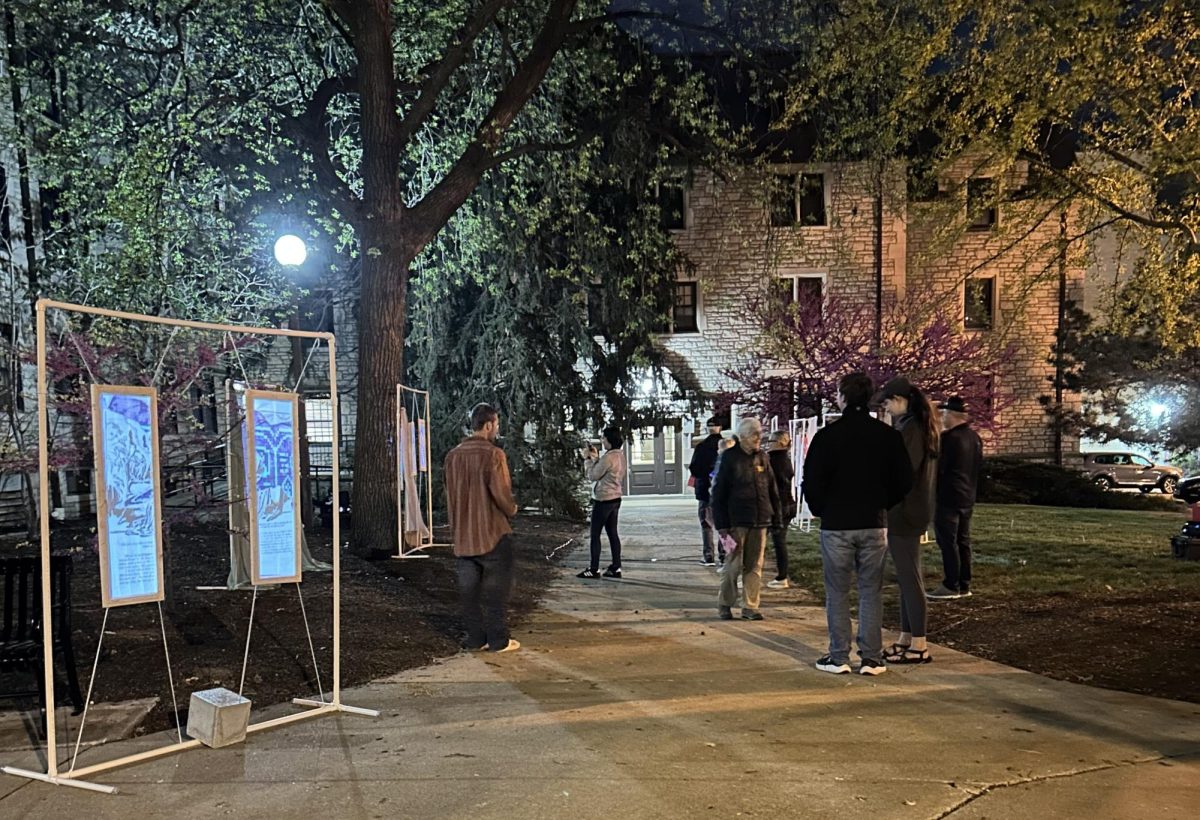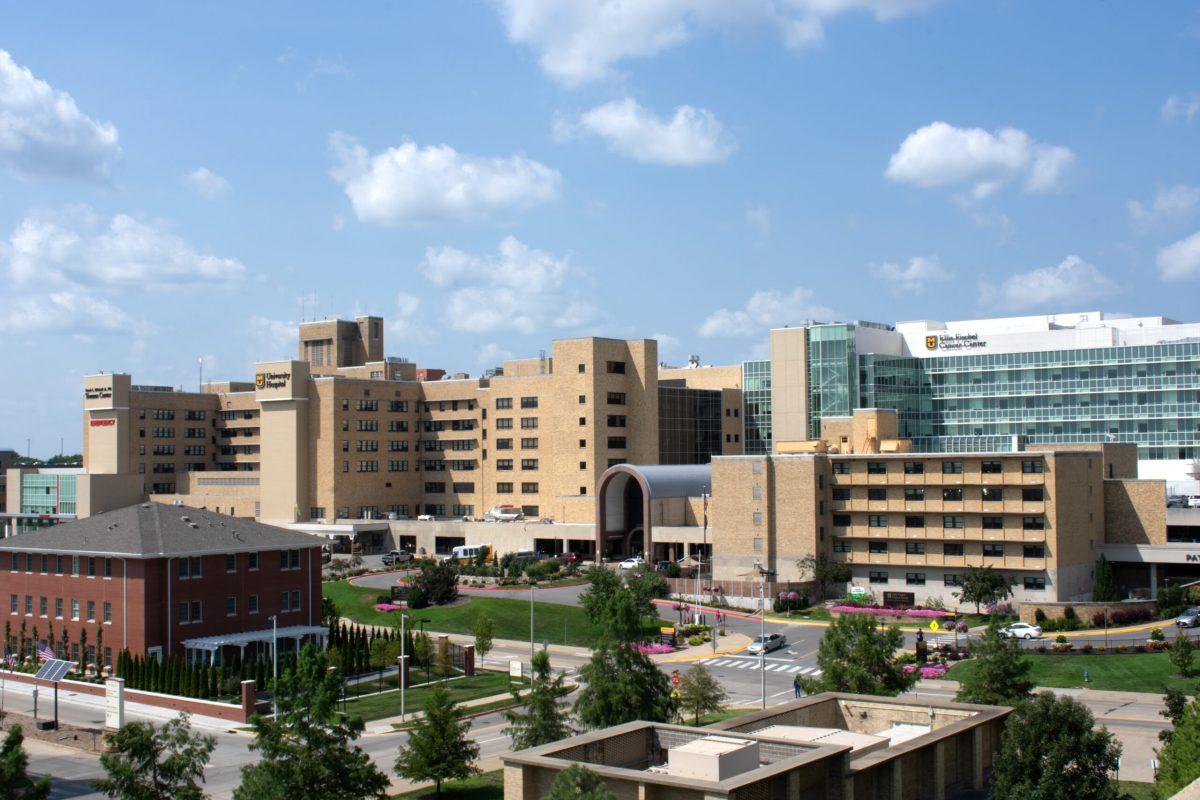A Faculty Council committee reported last week they have discovered large discrepancies in faculty raise distribution.
The committee, chaired by Bill Lamberson, professor of animal sciences, presented its preliminary report during the March 12 Faculty Council meeting. The report found that the number of faculty receiving raises and the amounts of the raises varied greatly across MU colleges and between tenure-track and non-tenure-track faculty.
“The major concern was that the administration presented mean raises to faculty, and at least the Faculty Council didn’t believe that those actually represented what faculty received,” Lamberson said. “Our work with that set of tables was to identify exactly what the raises were.”
The committee’s research included three steps: an analysis of raise data provided by the Office of the Provost, a survey of all college deans and an anonymous survey of all full-time faculty.
Faculty had the opportunity to receive special merit raises at mid-year or at the end of the year for high contributions to [Association of American Universities metrics](https://www.aau.edu/WorkArea/DownloadAsset.aspx?id=10972), which include federal research funding, membership in the National Academies, faculty awards and research citations.
They could also receive a regular merit raise, funded by reallocations within colleges and often called the “2 percent pool,” Lamberson said. He said the 2 percent pool can be misleading because the funds come from colleges’ own reallocations, not the campus budget.
“It all came from the college having to close positions, for example, to have money available,” he said.
[According to the report](http://facultycouncil.missouri.edu/issues/distribution-of-faculty-raises/distribution-of-faculty-raises,-academic-year-2014-15.pdf), in the schools of Health Professions, Journalism and the College of Veterinary Medicine, more than 95 percent of all faculty members received raises during the 2014-15 academic year, including all tenured or tenure-track faculty. However, in the College of Agriculture, Food and Natural Resources and schools of Medicine and Nursing, less than 85 percent of all faculty members received raises.
The average regular merit raise amount for tenure-track faculty was $2,376. The average total raise amount for tenure-track faculty, which includes up to three separate raises, was $11,669, Lamberson said. The difference wasn’t as large for non-tenure track faculty, primarily because not many of those faculty received special merit raises.
“The discrepancy is that the individuals who received separate merit raises also received raises from the regular merit pools,” Lamberson said. “When administration presented those data, they didn’t really separate it out that way, so it appeared that the individuals that received raises only from the regular merit pool were ones that didn’t receive raises from the special merit pool.”
The faculty survey data in the preliminary report showed that faculty, on average, believed the raise process wasn’t fair and did not improve faculty morale. About 46 percent of faculty disagreed or strongly disagreed that the execution of the special merit raise process was fair. Another 56 percent of faculty disagreed or strongly disagreed that the special merit raises improved overall faculty morale.
“There was pretty strong dissatisfaction, at least among those faculty that didn’t receive special merit raises, about the process,” Lamberson said.
Lamberson said he believes raises should be used to retain the best faculty and would be more fairly distributed if they were based on performance in grant support, publications and awards. He also said he would like to see all faculty have a raise to cover the increase in cost of living.
“Just out of fairness, it would be nice to see (a raise for cost of living) come from a central pool rather than having to be made up out of reallocation,” he said. “I’ve been told that if the raise was 1 percent or less, because of the increase in benefits cost, we actually sort of lost money.”
Lamberson said the final report should be finished in time for Faculty Council chairman Craig Roberts to present it at the general faculty meeting on March 18.












